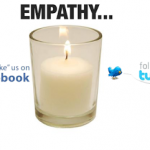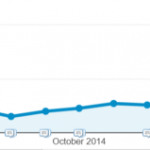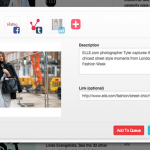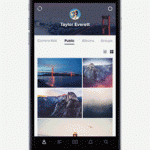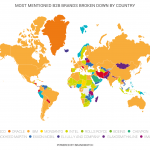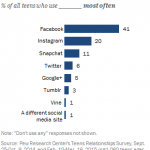Madison Startups sound off on publicity, Integration, diversity
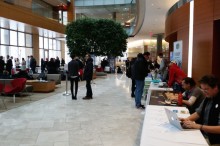
The Madison Startup honest on college of Wisconsin-Madison’s campus brings collectively a move-part of local startups every 12 months, from instrument to 3D printing know-how to alternative insulation material for outside equipment.
The experience, now in its 0.33 12 months, targets to assist university college students join with startups and research more about that you can think of careers, while firms get to hunt for talent.
I also see it as a possibility to pick entrepreneurs’ brains about the newest trends. last 12 months, I asked participants what challenges their companies were going through. This 12 months, I determined to ask for one factor which may be more suitable in regards to the startup local weather in Madison and Wisconsin as an entire. listed below are three snap responses:
—publicity: Fishidy CEO Brian Jensen says probably the most glaring missing piece for Wisconsin’s startup surroundings is “obviously extra traders” and extra on hand funding, something that Badger State entrepreneurs regularly lament. beyond that, he’d like to peer more efforts to increase the visibility of Wisconsin startups amongst buyers within the nation’s challenge capital hotbeds, like Silicon Valley. ”assist us get more exposure,” Jensen says.
Jensen was part of a commute to Silicon Valley final 12 months aimed at engaging in precisely that. He and a number of other Madison-house entrepreneurs flew to California to pitch their startups to investors, a travel prepared with the aid of the greater Madison Chamber of Commerce. Jensen wish to see extra initiatives like that one.
—Integration: Deneb outdoor co-founder Jared Sandlin, who not too long ago graduated from UW-Madison, thinks the connections between the campus and the native trade community can be bolstered. it may be arduous for students to get out of the campus “bubble,” he says.
school students are fascinating hires for local startups because they’re a supply of “cheap labor” and “they understand much more than folks supply them credit score for,” he says.
Efforts like the startup truthful and other events placed on by using Capital Entrepreneurs and different groups are serving to to make students aware about the opportunities in the local startup group, Sandlin says. but he believes more may also be completed to be in contact to students the reasons why they must imagine startups a manageable option after commencement, possibly thru extra entrepreneurs talking to classes.
Sandlin is biased, of course, given that that’s the occupation route that he has chosen. He and co-founder Jared Burris have raised $ 25,000 from family and friends and gained $ 11,000 thru trade competitions to pursue their idea with Deneb, which developed another insulation subject matter made principally from llama fleece. The pair raised $ 19,510 thru a Kickstarter campaign remaining yr to fund their preliminary batch of orders, and now they’re looking to partner with greater outdoor attire retailers like Patagonia and Sierra Designs to deliver their product into the mainstream, Sandlin says.
—range: Lack of variety is a matter across the tech industry, and Wisconsin isn’t any totally different, says Drifty advertising and marketing and communications supervisor Katie Ginder-Vogel. “It’s an opportunity that everybody has to be more inclusive,” she says.
Drifty’s manner has been to engage as much as conceivable with students both in the neighborhood and around the globe. the speculation is to cultivate technical talents in a wider vary of younger folks, who will at some point sign up for the group of workers, she says.
Drifty’s Ionic Framework has taken the coding world through storm, turning into probably the most prime 50 hottest open-supply initiatives international in less than a year. The cellular app building device’s users embody high school and faculty students living in locations like Kenya, India, eire, and the U.S., to name a few, Ginder-Vogel says.
Drifty interacts with its customers in various methods, she says, including by the use of social media and through showcasing on Ionic’s site some of the apps users have constructed.
(111)




